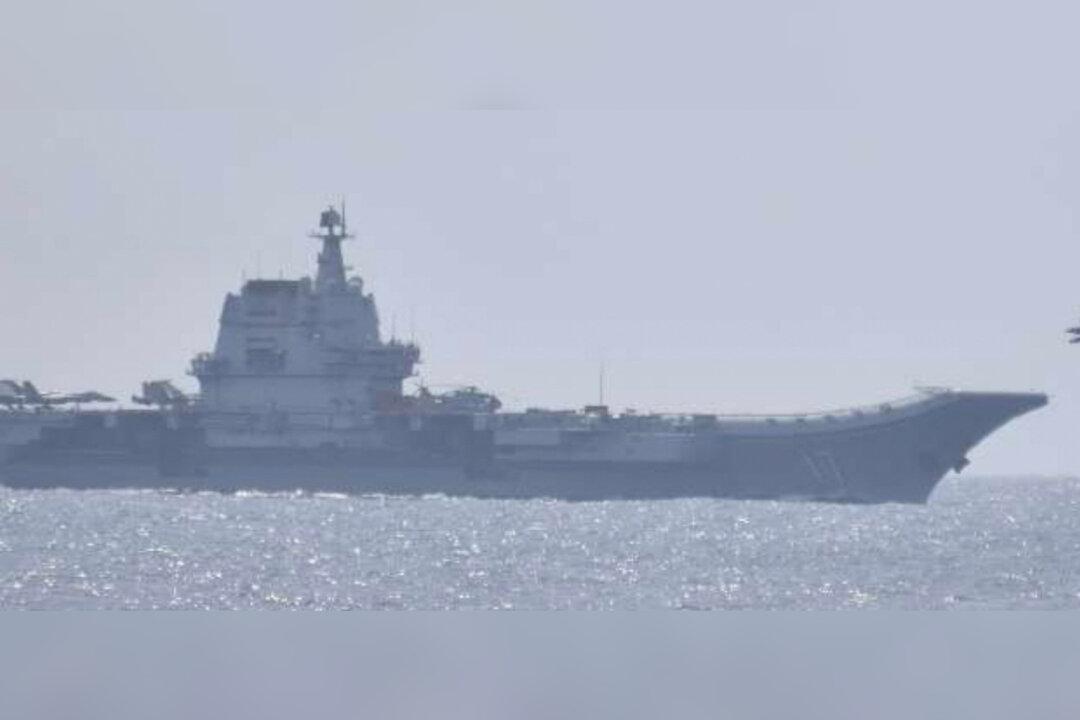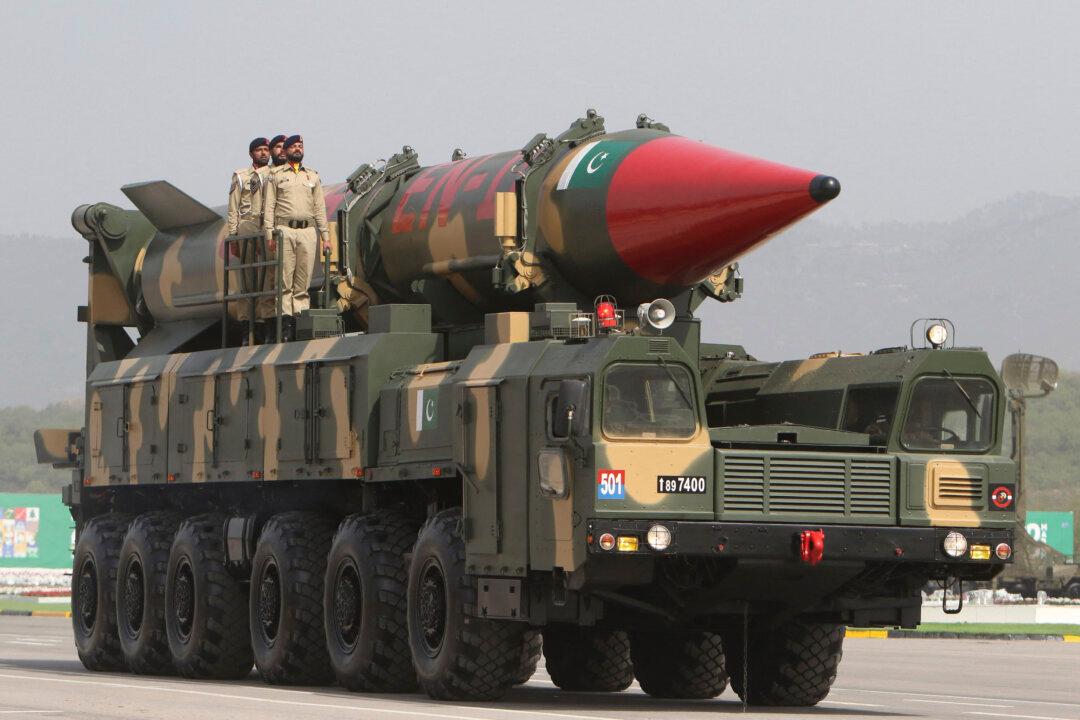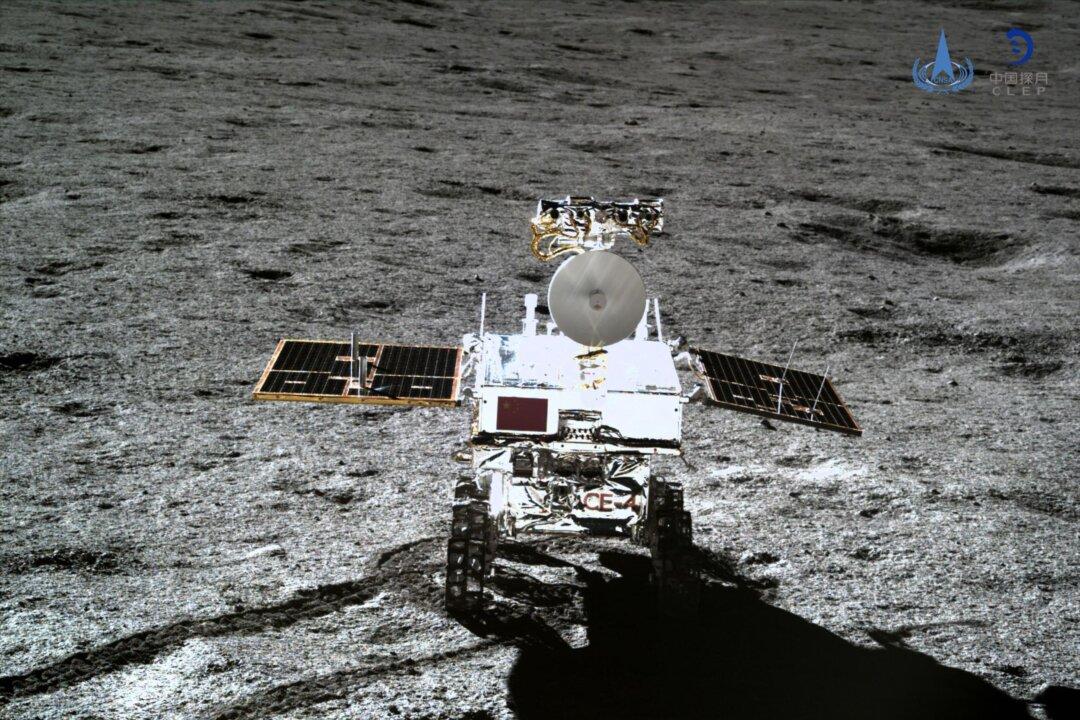Commentary
The People’s Liberation Army Navy (PLAN) of the Chinese Communist Party (CCP) is learning how to deploy its conventionally powered aircraft carriers for political intimidation and potential combat missions. While they don’t match the capabilities of larger and better-armed U.S. Navy nuclear-powered aircraft carriers, it’s a mistake to diminish their potential threat.





